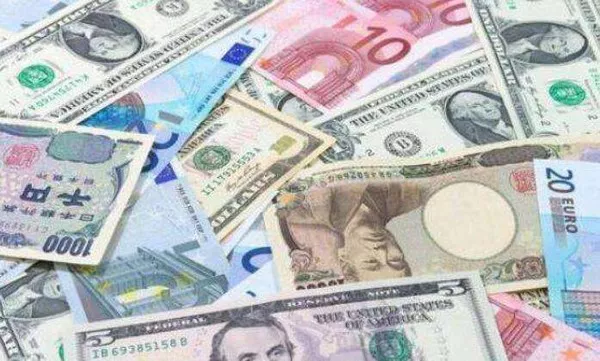The Australian Dollar (AUD) managed to reverse its three-day downward trend on Wednesday, showing resilience after hitting levels unseen since mid-November. However, the currency faces potential headwinds from hawkish sentiments expressed by Federal Reserve (Fed) officials and the influx of safe-haven investments favoring the US Dollar (USD), which could cap the AUD/USD’s upward potential in the near term.
The AUD gained traction as the ASX 200 Index recovered from a three-day losing streak. Nonetheless, the currency encountered challenges, likely stemming from investor caution amid geopolitical tensions following Iran’s recent air strike on Israel. A Reuters report revealed that Israel’s war cabinet postponed a crucial meeting to assess its response to the attack, while Western allies contemplate imposing fresh sanctions on Iran to prevent further escalation.
The US Dollar Index (DXY) retreated from a five-month peak reached on Tuesday, partly due to a slight dip in US Treasury yields. Fed Chairman Jerome Powell’s remarks on Tuesday, indicating a slower-than-expected progress on inflation and the likelihood of a prolonged path to achieve the 2% target, may have contributed to a more hawkish stance, lending support to the USD.
In other market news:
The Westpac Leading Index declined by 0.1% month-over-month in March, in contrast to February’s 0.8% uptick.
Key Australian economic data, including Employment Change and Unemployment Rate for March, are set for release on Thursday.
China’s Gross Domestic Product (GDP) saw a 1.6% quarter-on-quarter increase in the first quarter of 2024, surpassing expectations and outpacing the previous quarter’s growth of 1.0%.
China’s Industrial Production (YoY) expanded by 4.5% in March, falling short of market forecasts.
Late Tuesday, US National Security Advisor Jake Sullivan announced forthcoming sanctions targeting Iran, along with measures against entities supporting Iran’s military.
Federal Reserve Bank of San Francisco President Mary Daly emphasized the need for further progress on inflation before considering policy adjustments.
The likelihood of unchanged interest rates in the June Fed meeting rose to 84.8%, according to the CME FedWatch Tool.
US Building Permits (MoM) and Housing Starts figures for March missed expectations, while Retail Sales (MoM) for the same period exceeded forecasts.




























